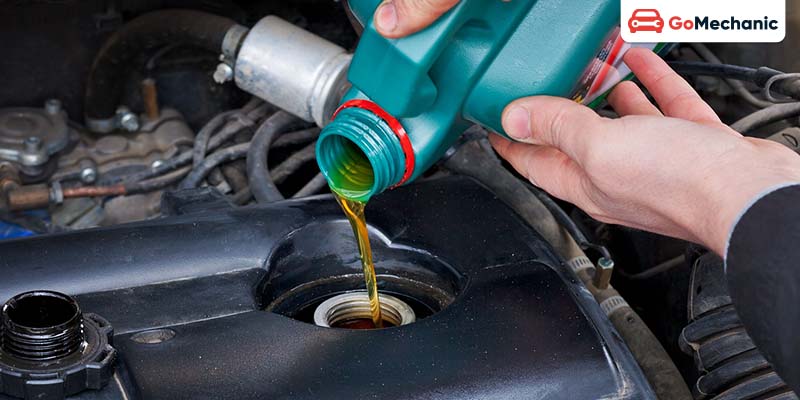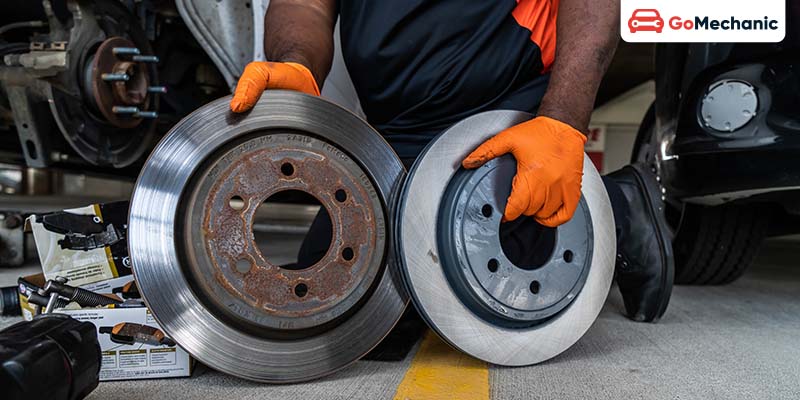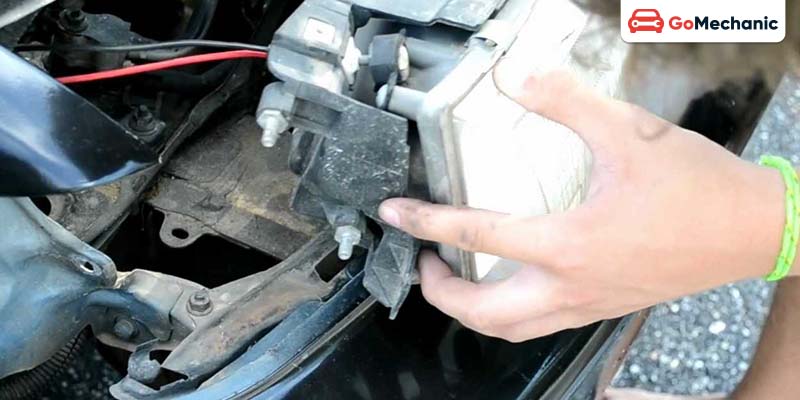Maintaining your car and handling minor repairs yourself can save you both time and money. Taking the time to learn these skills not only empowers you but also ensures that your vehicle remains in top condition. Here are some DIY tips for common car issues you might encounter:
1. Changing a Flat Tyre
- Tools Needed: Spare tyre, jack, lug wrench.
- Steps:
- Park safely and engage the handbrake. Ensure you are on a flat surface.
- Loosen the lug nuts slightly before lifting the car.
- Use the jack to lift the car to a height where the flat tyre is off the ground.
- Remove the lug nuts completely and take off the flat tyre.
- Mount the spare tyre and hand-tighten the lug nuts.
- Lower the car and fully tighten the lug nuts in a crisscross pattern to ensure even pressure.
2. Replacing Wiper Blades
- Tools Needed: New wiper blades.
- Steps:
- Lift the wiper arm away from the windshield to avoid damage.
- Press the tab on the wiper blade and slide it off the hook.
- Attach the new wiper blade by sliding it until it clicks into place.
- Lower the wiper arm gently back to the windshield to prevent damage.
3. Changing Engine Oil

- Tools Needed: New oil, oil filter, wrench, oil pan.
- Steps:
- Warm up the engine to thin the oil, making it easier to drain.
- Place the oil pan under the drain plug and remove the plug carefully.
- Allow the old oil to drain completely into the pan.
- Replace the drain plug securely and remove the old oil filter.
- Install the new oil filter and fill the engine with the recommended amount and type of new oil.
4. Replacing Air Filter
- Tools Needed: New air filter.
- Steps:
- Locate the air filter housing under the bonnet and open it.
- Remove the old air filter, noting its orientation.
- Insert the new air filter in the same orientation and close the housing securely.
5. Fixing Minor Electrical Issues
- Common Issues: Blown fuses, burnt-out bulbs.
- Steps:
- Blown Fuses: Locate the fuse box using your car’s manual and replace the blown fuse with one of the same rating.
- Burnt-out Bulbs: Identify the faulty bulb (headlight, tail light, or indicator). Access the bulb housing, remove the old bulb, and install the new bulb.
6. Battery Maintenance
- Cleaning Terminals: Keep the battery terminals clean and free of corrosion. Use a mixture of baking soda and water to clean any build-up, ensuring a good connection.
- Checking Charge: Use a multimeter to check the battery voltage. A fully charged battery should read around 12.6 volts. If the battery isn’t holding a charge, it may need replacement.
7. Replacing Brake Pads

- Tools Needed: New brake pads, jack, lug wrench, socket set.
- Steps:
- Lift the car and remove the wheel to access the brakes.
- Remove the caliper to expose the brake pads.
- Replace the old brake pads with new ones, ensuring they are properly aligned.
- Reattach the caliper, replace the wheel, and then lower the car.
8. Fixing Coolant Leaks
- Tools Needed: Coolant, leak sealant.
- Steps:
- Locate the source of the leak, which could be a hose or the radiator.
- Use a leak sealant as a temporary fix to stop the leak.
- Top up the coolant level to ensure the engine runs cool.
9. Repairing Minor Scratches
- Tools Needed: Scratch remover, microfiber cloth.
- Steps:
- Clean the scratched area to remove any dirt or debris.
- Apply scratch remover to a microfiber cloth and rub it over the scratch in a circular motion.
- Wipe off any excess product and polish the area to restore the shine.
10. Maintaining Tyre Pressure
- Tools Needed: Tyre pressure gauge.
- Steps:
- Check tyre pressure regularly, especially before long trips.
- Inflate or deflate tyres as needed to maintain the recommended pressure for optimal performance and safety.
11. Fixing a Broken Side Mirror
- Tools Needed: Replacement mirror, screwdriver.
- Steps:
- Remove the broken mirror carefully to avoid damaging the housing.
- Install the replacement mirror using the screws provided, ensuring it is securely attached.
12. Replacing Cabin Air Filter
- Tools Needed: New cabin air filter.
- Steps:
- Locate the cabin air filter compartment, usually behind the glove box.
- Remove the old filter and insert the new one, ensuring it fits snugly.
13. Adjusting Headlights

- Tools Needed: Screwdriver.
- Steps:
- Park the car on a level surface facing a wall to check the alignment.
- Use the screwdriver to adjust the headlight beams to the correct height and alignment for optimal visibility.
By mastering these basic repair skills, you can keep your car in good condition and avoid frequent trips to the mechanic. Regular maintenance and timely repairs can significantly extend the life of your vehicle and enhance your driving experience.
By following these tips, you can make informed decisions when buying a used car and handle common repair tasks, keeping your vehicle in good condition and ensuring a smooth driving experience on India’s diverse roads. This not only saves you money but also empowers you to manage your vehicle better. Happy driving!





